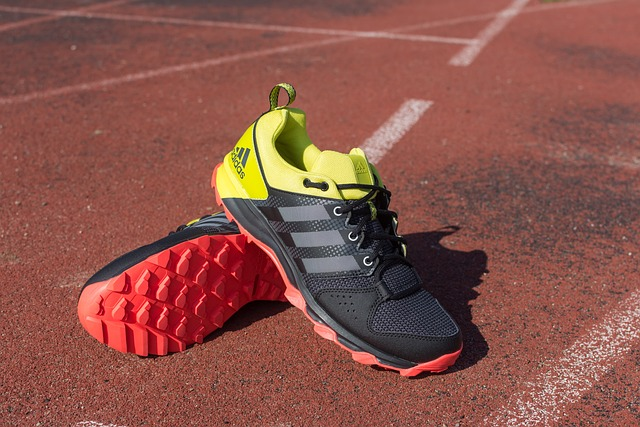As an experienced trail runner, I often find myself explaining the difference between trail running and running to my friends and family. This sport has become more popular in recent years, and it’s easy to see why. Trail running offers unique challenges that appeal to many people, but it also requires a different approach to training, gear, and technique.
In this article, I’ll delve into the core differences between trail running and running, helping you to decide if this exciting activity is right for you.

The Difference Between Trail Running and Running: Terrain and Technique

Perhaps the most significant difference between trail running and running is the terrain. Trail running takes place on a variety of surfaces, from rocky terrain to grassy fields and everything in between. This varied terrain makes trail running both versatile and exciting. In contrast, road running mostly involves, well, roads. Runners who train on the pavement need relatively little variation in their running shoes and technique.
What sets trail running apart for many trail runners is the technical aspect of running on uneven terrain. When running on a trail, you constantly have to adapt to the changing surface, requiring a higher level of focus and engagement than road running. Quick and deliberate foot placement is crucial, making trail running a more technical and challenging exercise. This added focus and effort can lead to a better overall workout, as you burn more calories and engage different muscle groups throughout your run.
Trail Running Shoes vs. Road Running Shoes

Another significant difference between trail running and running is the type of footwear required. Trail running shoes are specifically designed to provide additional support, stability, and traction on uneven ground. They will likely have a more aggressive lug pattern on the sole for better grip on slippery surfaces, and a more durable construction to withstand the wear and tear of rough terrain.
On the other hand, road running shoes are designed to provide support and cushioning, prioritizing comfort and performance on the pavement. They will have a smoother sole, as traction is not as much of an issue when running on roads. Road shoes tend to be lighter in weight and more flexible, as the consistent, even surface of the road does not require a stiffer construction.
Gear for Trail Runs and Road Runs
Beyond shoes, trail running gear differs from road running gear in a few key areas. One important piece of equipment for trail runners is a hydration pack, as there may not be accessible water sources on more remote trails. Trail runners may also choose to carry trekking poles for added stability on technical terrain, though this is a matter of personal preference.
Additionally, trail running often involves running in more isolated areas, which necessitates carrying a basic first aid kit and safety items, such as a whistle and headlamp for emergencies. Road runners might not consider these items as necessary, as they are typically running in more populated areas.
Slower Pace and Higher Effort

When comparing trail running vs. road running, it’s important to note that trail running generally involves a slower pace due to the uneven ground and the increased physical effort required to navigate the terrain. While this slower pace might seem counterproductive to your training, the added effort required on trails actually means that you are burning more calories in the same distance compared to running on a flat, even surface.
Another factor contributing to the slower pace of trail running is the need for a more deliberate, thoughtful approach on technical terrain. This results in a more mindful running experience, as you actively engage with the environment and maintain focus on every step.
Health Benefits: Softer Surfaces and a Full-Body Workout
Running on softer surfaces, like dirt and grass trails, reduces the impact on joints and can be less jarring than road running. This can lead to a decreased risk of injury and make trail running more sustainable and enjoyable for many runners.
Finally, running on varied terrain offers a more consistent cardio workout, as your heart rate varies and adapts to changing conditions. As mentioned earlier, trail running also engages a wider range of muscle groups due to the increased effort, balance, and stabilization required on uneven and technical terrain.
Final Thoughts: Difference Between Trail Running and Running
The primary difference between trail running and running comes down to terrain and the unique challenges and rewards that trail running offers. Though it may not be for everyone, many trail runners find satisfaction in the slower pace, technical skill, and intentional mindset that trail running requires.
The choice between trail running and road running ultimately comes down to personal preference and what environment you thrive in. If you’ve never tried trail running before, seek out local trails and give it a try. You might discover a new passion and expand your running horizons by embracing the exciting challenge of trail running.
